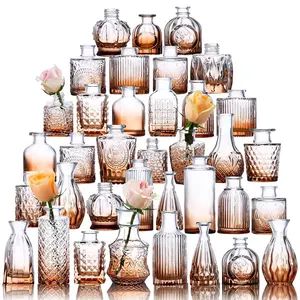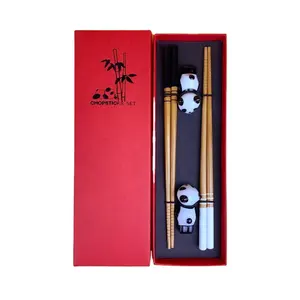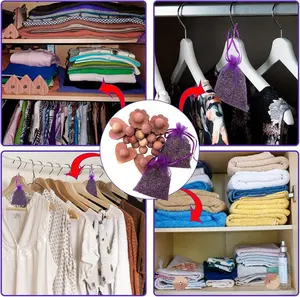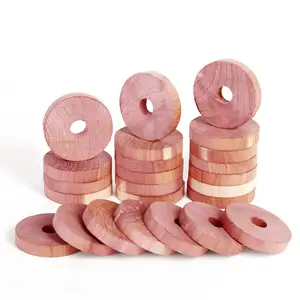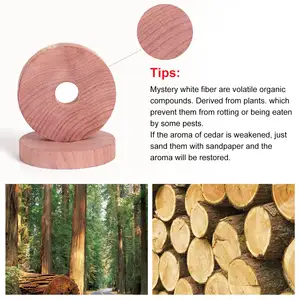Popular in your industry


















































































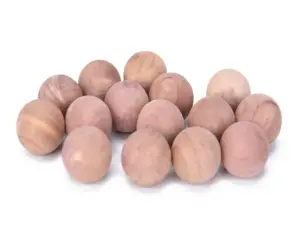





















































































Top categories
About clothes moth balls
Clothes moth balls are a traditional and effective method for protecting garments from the damage caused by moths. These small, spherical substances are designed to deter and eliminate moths, ensuring the longevity and quality of stored clothing. Alibaba.com offers a variety of these pest control solutions, catering to the needs of businesses seeking to safeguard their textile products.
Composition and Types of Clothes Moth Balls
The primary component in many clothes moth balls is naphthalene or paradichlorobenzene, substances known for their moth-repelling properties. Naphthalene balls for clothes are a common choice for wardrobes and storage areas. However, for those seeking a natural alternative, cedarwood moth products, such as cedar balls and blocks, offer a pleasant fragrance and are a natural deterrent to moths. Beyond these, there are also camphor-based options, which have a strong odor and are less commonly used due to their stronger scent and potential staining properties. Each type has its characteristics, such as the longevity of effectiveness and the intensity of the odor, which can influence buyer preference based on their specific needs. Additionally, there are variations like moth cakes for closets which are designed to hang or be placed in drawers, providing versatility in application.
Structure and Operation of Clothes Moth Balls
The physical structure of moth balls for closet use is simple yet effective. These balls are solid at room temperature and designed to sublimate, meaning they transition from a solid state to a gas without becoming liquid. This sublimation process is what releases the active moth-repelling agents into the air. The rate of sublimation is influenced by the ambient temperature and the airflow within the storage space, which is why it's crucial to place them in an enclosed environment to maximize their efficacy. The structure of the mothball is such that it maximizes surface area to facilitate a steady and controlled release of the repellent gas.
Materials and Properties
The materials used in clothes mothballs are chosen for their specific properties. Naphthalene, for instance, is selected for its ability to sublimate at room temperature and its strong odor, which is effective in repelling and killing moths. Cedar, on the other hand, is chosen for its natural oils that repel moths and leave a pleasant scent. These materials are also chosen for their longevity, ensuring that they provide protection over extended periods, which is essential for seasonal storage of clothing. The efficacy of these materials is not only in their moth-repelling properties but also in their ability to prevent mold and mildew, which can also damage fabrics.
Business Usages and Applications
Clothes moth balls are indispensable in businesses related to apparel storage and preservation, such as dry cleaners, vintage clothing stores, and costume rental services. In these industries, the value of the inventory is directly tied to the condition of the garments. By using mothballs in wardrobe units, businesses can prevent costly damage and maintain the quality of their products, which is essential for customer satisfaction and repeat business. Additionally, museums and archival storage facilities also utilize these products to protect historical and delicate fabrics from moth damage, ensuring the preservation of valuable artifacts.
Functions of Clothes Moth Balls
The primary function of clothes moth balls is to protect textiles from moth larvae, which can chew through fabric, causing irreparable damage. They serve as both a deterrent and a pesticide, ensuring that any existing larvae are eliminated and that moths are kept away from the protected textiles. This dual function makes them a comprehensive solution for moth prevention. Furthermore, they also function to prevent the musty odors that can accompany stored clothing, keeping garments smelling fresh.
Features of Clothes Moth Balls
One of the unique selling points of moth balls for wardrobe use is their ease of use. They are small, easy to distribute, and do not require any power source or complex setup. Additionally, the variety of scents available, from the traditional strong odor of naphthalene to the mild and pleasant scent of cedar, allows businesses to choose according to their preferences and the sensitivities of their clientele. Some mothballs are also designed to be less potent in odor, catering to those who are sensitive to strong smells but still require effective moth prevention.
Benefits of Using Clothes Moth Balls
Using clothes moth balls brings several benefits, including the preservation of garment integrity, prevention of financial loss due to damage, and the convenience of long-term storage solutions. For businesses, this translates to a reliable way to maintain product quality without constant vigilance, allowing them to focus on other aspects of their operations. The use of mothballs also contributes to a more organized and clean storage environment, as they discourage infestations that can lead to clutter and disarray.
How to Use Clothes Moth Balls
To use clothes moth balls effectively, they should be placed in an airtight container or a well-sealed storage area with the garments. The number of balls used should be in accordance with the manufacturer's guidelines, which is typically based on the volume of the space being protected. It's also important to replace the mothballs periodically, as their effectiveness diminishes over time. When placing mothballs, ensure they are not in direct contact with the clothes to prevent any potential staining or damage to delicate fabrics.
How to Choose the Right Clothes Moth Balls
Selecting the right mothballs for your closet depends on several factors, including the types of fabrics being protected, the desired scent, and any specific customer preferences. For delicate fabrics, cedar or herbal alternatives might be more appropriate, while for bulk storage, traditional naphthalene balls may be more cost-effective. It's also important to consider the storage conditions, such as temperature and humidity, which can affect the performance of the mothballs.
How to Clean and Maintain Areas with Clothes Moth Balls
Cleaning areas where mothballs have been used is straightforward. Once the mothballs have fully sublimated, airing out the space to disperse any remaining odor is recommended. Regular checks should be conducted to ensure that the mothballs are replaced as needed, and that the integrity of the storage area remains intact to prevent the ingress of moths. For areas where mothballs have been in direct contact with surfaces, a thorough cleaning with a mild detergent can help remove any residue.
How do clothes moth balls work?
Clothes moth balls work by slowly sublimating, turning from a solid directly into a gas. This gas, containing either naphthalene or paradichlorobenzene, is toxic to moths and their larvae. When placed in a sealed container or a well-closed area, the concentration of the gas builds up, killing or repelling moths and protecting the clothes from damage.
Are clothes moth balls safe for all types of fabrics?
While mothballs are generally safe for most fabrics, certain delicate materials may require additional care. It's advisable to wrap garments in protective materials or use garment bags to prevent direct contact with the balls. Additionally, natural alternatives like cedarwood moth products can be gentler on fabrics and still provide effective protection.
What are the best practices for using clothes moth balls effectively?
To use clothes moth balls effectively, ensure that the storage area is well-sealed to maintain the potency of the fumes. Distribute the balls evenly among the items being protected, and consider the size of the space when determining the quantity needed. Regularly check the area and replace the mothballs as directed to ensure continuous protection.

